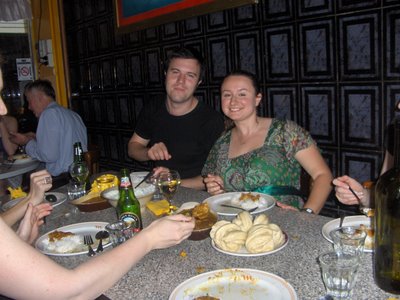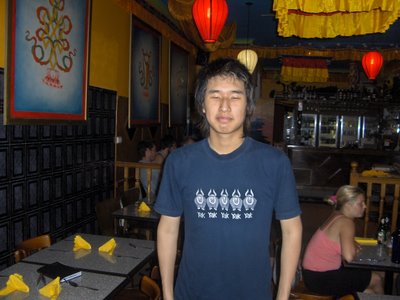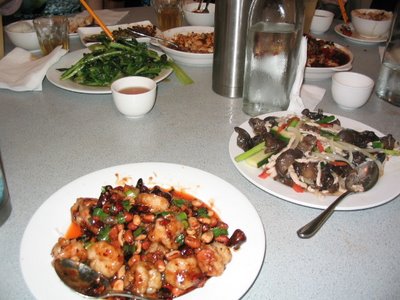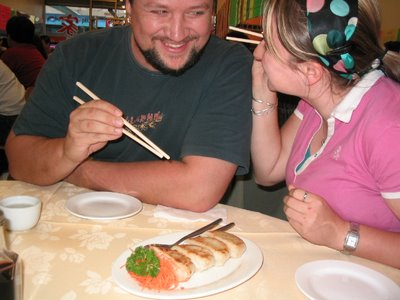 North Indian cuisine is characterised by its proportionly higher use of dairy products; milk, paneer (cottage cheese), ghee (clarified butter), and yoghurt are all common ingredients. Southern India cuisine milk products, though consumed in large quantities, are usually used unaltered. North Indian gravies are typically dairy-based and employ thickening agents such as cashew or poppy seed paste. Milk-based sweets are also very popular fare, being a particular specialty in Bengal and Orissa. Other common ingredients include chillies, saffron, and nuts.
North Indian cuisine is characterised by its proportionly higher use of dairy products; milk, paneer (cottage cheese), ghee (clarified butter), and yoghurt are all common ingredients. Southern India cuisine milk products, though consumed in large quantities, are usually used unaltered. North Indian gravies are typically dairy-based and employ thickening agents such as cashew or poppy seed paste. Milk-based sweets are also very popular fare, being a particular specialty in Bengal and Orissa. Other common ingredients include chillies, saffron, and nuts.North Indian cooking features the use of the tawa (griddle) for baking flat breads like roti and paratha, and tandoor(a large and cylindrical coal-fired oven) for baking breads such as naan, kulcha and khakhra; main courses like tandoori chicken also cook in the tandoor. Other breads like puri and bahtoora, which are deep fried in oil, are also common. Most of North Indian food, like anywhere else in India, is vegetarian. However, fish and seafood are very popular in the coastal states of Orissa and West Bengal.
The samosa is a typical North Indian snack. The most common (and authentic) samosa is filled with boiled, fried, and mashed potato, although it is possible to find other fillings.
The staple food of most of North India is a variety of lentils, vegetables, and roti. The varieties used and the method of preparation can vary from place to place. Some of the most popular Northern Indian dishes and foods include:
Buknu – powered mixture of several spices: salt, black salt, sonth (dried ginger powder), haldi (Turmeric), jeera (Cummin seeds), harra badi, harra choti, baheda, marodfali, baibirnag, peepar, hing (asafoetida), amla and oil.
Chaat – small plates of savory snacks (usually based on fried dough, with various other ingredients), typically served at the side of the road from stalls or carts.
Jalebi – a sweet made from deep-fried, syrup-soaked batter and shaped into a large, chaotic pretzel shape.
Achar – variety of spicy pickled side dishes or condiments.
Sharbat – "juice" that is prepared from fruits or flower petals. It is sweet and served chilled. It can be in concentrate form and eaten with a spoon or mixed with water to create the drink. Some of the very popular sharbats are made of (any of the following): Rose, Bel, Gurhal (Hibiscus), Lemon, orange, ananaas, falsa.
Poha – flattened rice flakes that are reconstituted with hot water to make a rice porridge or paste, depending on the amount of water added.
Some common North Indian foods such as the samosa, the various kebabs, pulao, and most of the meat dishes arrived in India with the Muslim invaders. Much of North and South Indian nonvegetarian cuisine as well as Pakistani cuisine originates from Middle Eastern cuisine. Pakistan and Bangladesh were a part of North and East India prior to the partition of India., and ss a result, the cuisines in these countries are very similar to northern and eastern Indian cuisine.





















































